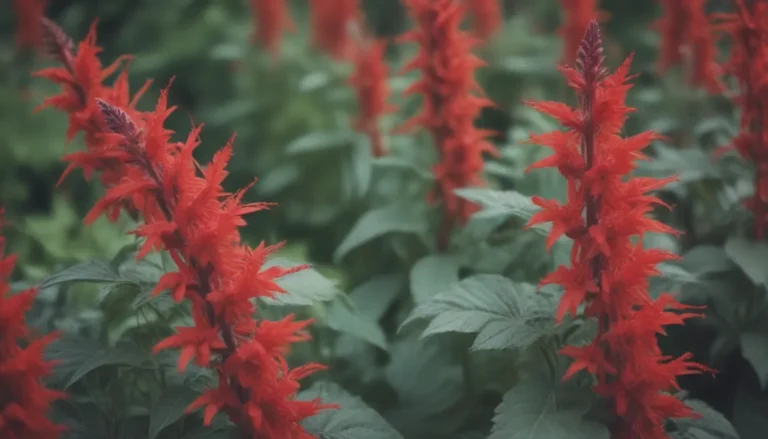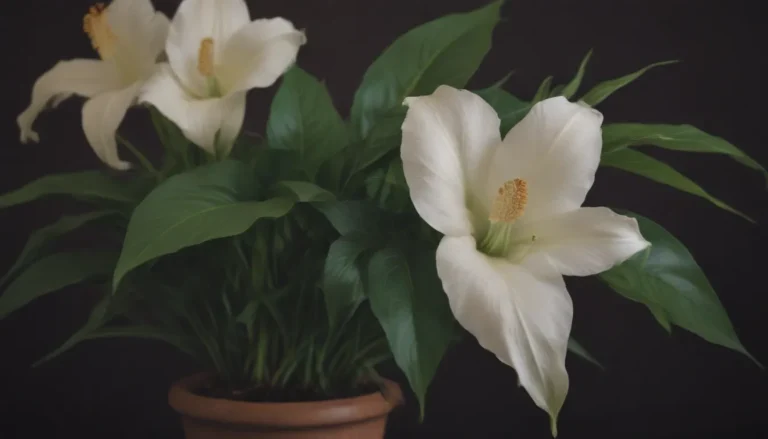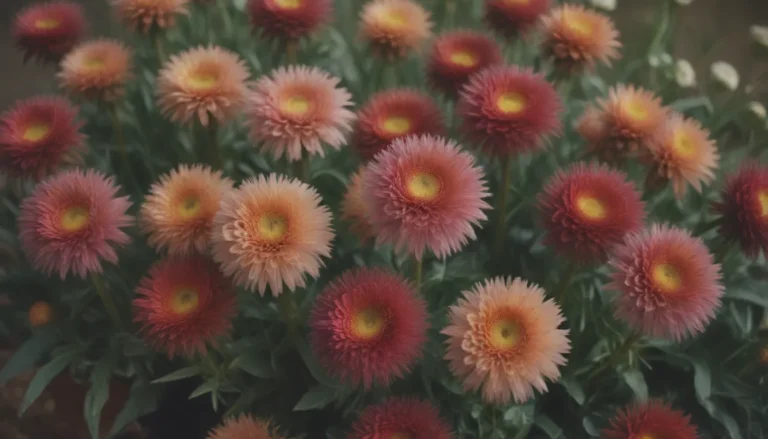Caring for Pansies in Cold Weather: Your Complete Guide

As winter approaches, many gardeners turn to planting pansies to add a pop of color to their outdoor spaces during the colder months. Pansies are known for their resilience in cold temperatures and beautiful, vibrant blooms that can brighten up any garden. Whether you are a seasoned gardener or just starting out, it is essential to understand how to care for your pansies during the winter months to ensure they thrive through the chillier weather.
Understanding Winter Pansies
Pansies come in various varieties, including Ice or Winter pansies, that are specifically bred to withstand colder temperatures. These pansies can bloom throughout the autumn, winter, and spring in milder climates, while in colder regions, they bloom in early spring. However, the ability of pansies to survive cold weather depends on factors like soil and air temperature, as well as growing conditions.
What Temperature is Too Cold for Pansies?
Both soil and air temperature play a significant role in determining the health and survival of pansies. Pansies prefer soil temperatures between 45 to 65 degrees Fahrenheit and air temperatures ranging from 40°F at night to 60°F during the day. When the air temperature drops below 25°F for a few hours, pansies may go dormant, while temperatures below 20°F can cause the plants to die back completely. Frozen soil and harsh winter winds can also contribute to plant loss.
Protecting Pansies from Cold Temperatures
To ensure your pansies thrive during cold weather, it is crucial to prepare them accordingly. Here are some tips to help you protect your pansies:
- Choose a southeast location for bedding plants that receive plenty of morning sun.
- Utilize buildings, stone walls, or foundation shrubs to shield pansies from cold winds.
- Move potted plants to a sheltered location like a garage or porch during heavy frosts.
- Apply a thick layer of straw mulch to retain moisture and help roots withstand cold soil.
- Use insulating row covers to prevent foliage and blooms from freezing when temperatures drop below 32°F.
Caring for Pansies During Winter
Proper care during the winter months is essential for pansies set out in autumn. Follow these tips to keep your pansies healthy and blooming during the colder months:
- Monitor soil and air temperatures to ensure they are within the ideal range for pansy growth.
- Remove any damaged flowers or foliage caused by frost.
- Keep the soil moist and prune back lightly to encourage new growth.
- Once the danger of frost has passed, remove any remaining damaged foliage and feed with a fertilizer high in phosphorous.
Reviving Pansies After Frost
If your pansies have been affected by heavy frosts, there are ways to revive them and encourage new growth. Here’s what you can do:
- Remove damaged flowers and foliage that have wilted or turned black.
- Keep the soil moist and provide bright morning sunlight to promote recovery.
- Feed with a fertilizer high in phosphorous to nourish the plants and encourage new growth.
Conclusion
Pansies are resilient flowers that can withstand cold temperatures and provide beautiful blooms throughout the winter months. By understanding how to care for your pansies during cold weather, you can ensure they thrive and continue to brighten up your garden. Remember to monitor soil and air temperatures, protect your pansies from harsh conditions, and provide them with the care they need to flourish. With the right guidance and care, your pansies will bloom beautifully even in the coldest of winters.





